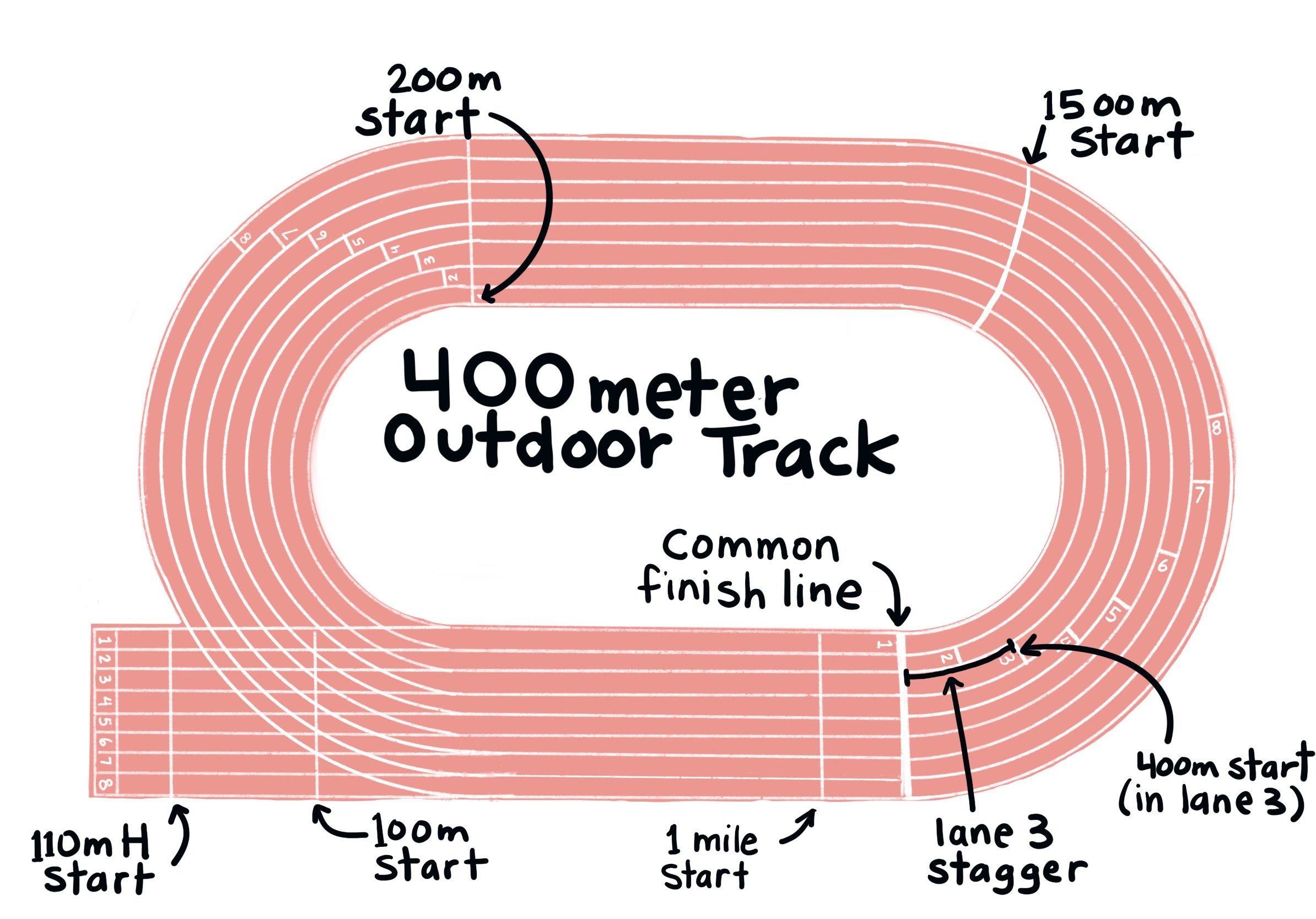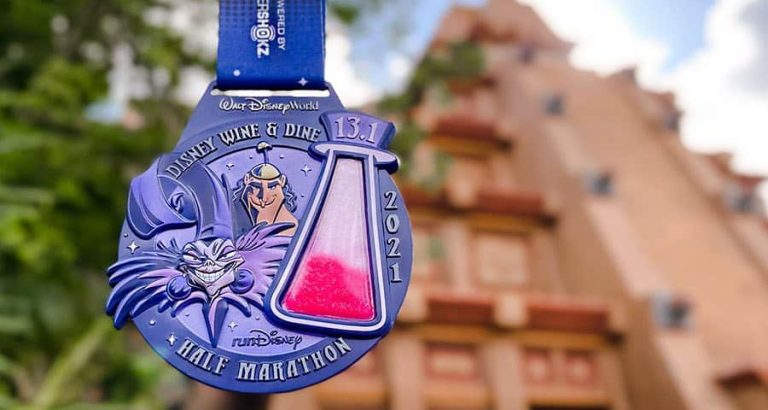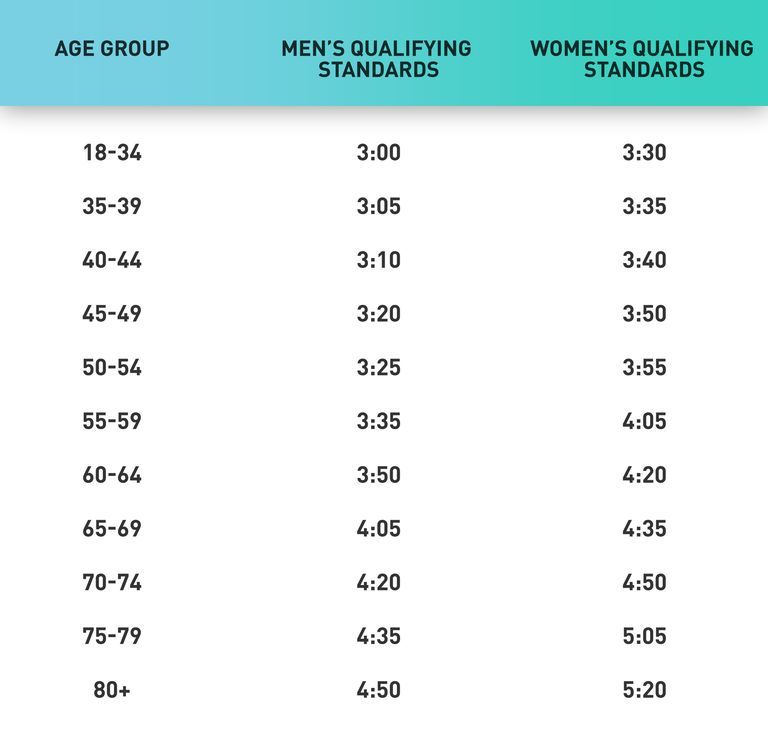How Many Laps is a Mile at the Track?
At a standard track, four laps equal a mile. This measurement applies to most standard outdoor tracks.
When you step onto a running track, each lap you complete contributes to the overall distance you run. A mile run on the track requires four laps for completion. Understanding the relationship between laps and distance is essential for track athletes and runners looking to track their progress accurately.
Whether you’re training for a race or simply aiming to improve your running abilities, knowing how many laps make up a mile is a fundamental aspect of track running. By breaking down the distance into manageable laps, runners can set and achieve realistic goals during their training sessions.
Laps And Miles: Understanding The Relationship
Have you ever wondered how many laps around a track constitute a mile? Understanding the relationship between laps and miles on a track can be crucial for runners, athletes, and fitness enthusiasts. Let’s delve into the details of how laps are used as a unit of measurement and how miles are calculated on the track.
Laps As A Unit Of Measurement
Laps are used as a common unit of measurement in track and field to quantify the distance covered. In a standard track, such as an Olympic-sized track, one lap typically equals 400 meters. This distance is equivalent to about 0.25 miles. Therefore, to complete a mile on such a track, runners need to complete four laps. Understanding the correlation between laps and distance can assist athletes in pacing themselves and setting goals for their track workouts.
How Miles Are Calculated On The Track
Calculating miles on the track involves a simple conversion from the distance covered in laps. For example, if a track measures 400 meters per lap, completing 4 laps would amount to a mile. Similarly, on a smaller track with 200 meters per lap, runners would need to complete 8 laps to cover a mile. This straightforward calculation allows athletes to monitor their progress and set achievable milestones during their training sessions.

Credit: www.runnersworld.com
Standard Track Distances
Standard Track Distances:
400-meter Track
A 400-meter track consists of one lap around the track.
Length: 400 meters (1 lap = 400 meters)
Quarter-mile Track
A quarter-mile track requires 4 laps to cover a mile.
Length: 440 yards or 402.336 meters (4 laps = 1 mile)
Half-mile Track
A half-mile track needs 2 laps to complete a mile.
Length: 880 yards or 804.672 meters (2 laps = 1 mile)
One-mile Track
A one-mile track is a mile in distance.
Length: 1 mile or 1609.34 meters (1 lap = 1 mile)
Calculating Laps In A Mile
Conversion Factors
To determine how many laps are in a mile at the track, it’s essential to understand the conversion factors involved.
Laps On Different Track Distances
Calculating laps in a mile can vary based on the length of the track. Here’s a simple breakdown:
| Track Distance | Laps in a Mile |
|---|---|
| 400 meters | 4 laps |
| 800 meters | 2 laps |
| 1600 meters | 1 lap |
Strategies For Counting Laps
Using Lap Counters
Utilizing lap counters is an effective way to accurately keep track of the number of laps completed. Lap counters, typically in the form of handheld devices or digital counters, can be clipped onto clothing or worn on the wrist for convenient access. These tools offer a simple and efficient method for monitoring laps, allowing athletes to focus on their performance rather than continuously counting laps mentally.
Mental Math Techniques
For those who prefer to track their laps mentally, several mental math techniques can aid in managing the count effectively. One common method is to divide the total distance by the length of each lap, allowing the athlete to easily track the laps as they progress. Additionally, breaking the total distance into smaller, easily manageable segments and counting down from there can help simplify the process and prevent errors in lap counting.
Common Questions And Misconceptions
It is a common question among track enthusiasts: how many laps constitute a mile? Contrary to popular misconception, the answer is four laps around a standard track. This insight helps athletes accurately measure their distance covered and track their progress effectively.
Can You Run Half A Lap For Half A Mile?
One common question among track enthusiasts is whether running half a lap is equivalent to running half a mile. The answer to this question might surprise you!
Well, the truth is that running half a lap on a standard track does not equate to running half a mile. In fact, it’s not even close. Let’s break it down:
A standard track measures 400 meters in length, which is equal to 0.25 miles. This means that running half a lap would cover a distance of approximately 200 meters or 0.125 miles. So, if you’re looking to run half a mile at the track, you would need to complete two full laps.
It’s important to keep this in mind when setting goals or tracking your progress during your workouts. Running a specific number of laps may not always translate to the distance you expect.
Why Some Tracks Are Not Exact Distances
Another misconception that often arises is why some tracks are not exact distances. You may have noticed that certain tracks, particularly older ones, might not adhere to the standard 400-meter length. Here’s why:
Historical reasons:
Track and field events have a long history, and over time, standards for track lengths have varied. Some tracks were constructed based on earlier measurement systems or simply with unique dimensions in mind. As a result, they may not align perfectly with the 400-meter standard we commonly see today.
Space limitations:
In some cases, the design and layout of a facility may not allow for a full 400-meter track. Space constraints, whether due to surrounding buildings or land availability, can dictate the maximum track length. To accommodate these limitations, tracks may be slightly adjusted to fit the available space.
If you find yourself running on a non-standard track, it’s essential to be aware of the distance you are covering. To accurately measure your progress, consider using a GPS watch or smartphone app to track your distance and pace.
Credit: www.quora.com

Credit: sifuentescoaching.com
Frequently Asked Questions Of How Many Laps Is A Mile At The Track?
How Many Laps Is A Mile At The Track?
A mile at the track is typically equivalent to four laps around a standard 400-meter track.
How Long Is A Lap At The Track?
A lap at the track is usually about 400 meters or one-quarter of a mile.
Why Is It Important To Know The Number Of Laps In A Mile At The Track?
Knowing the number of laps in a mile at the track is essential for runners and athletes to accurately measure their distance and track their progress during training or competitions.
Conclusion
Whether you’re a seasoned runner or just starting out, understanding the distance of a mile on a track is essential. While it may vary, knowing how many laps make up a mile can help you accurately measure your progress. By knowing this, you can confidently track your distance and reach your fitness goals more effectively.







